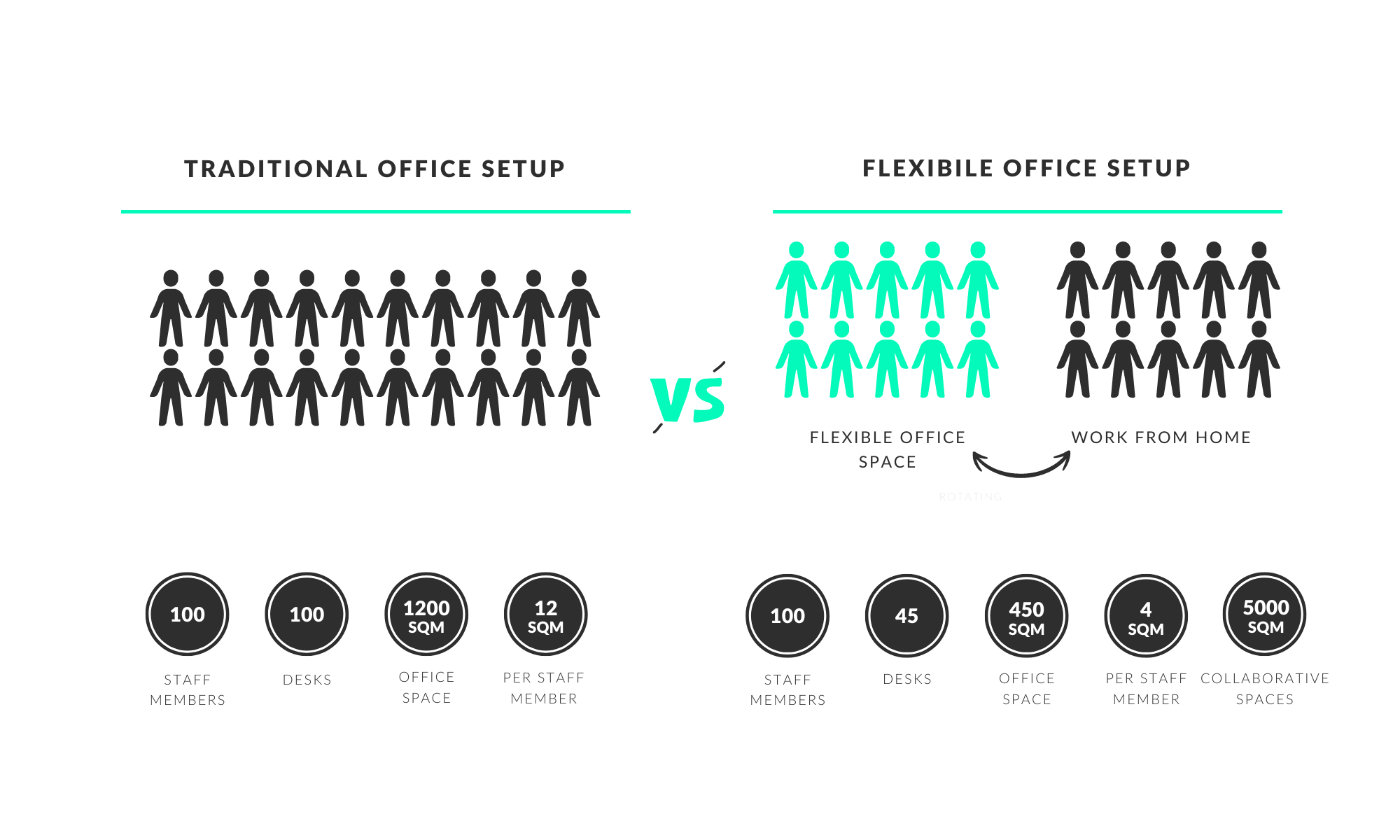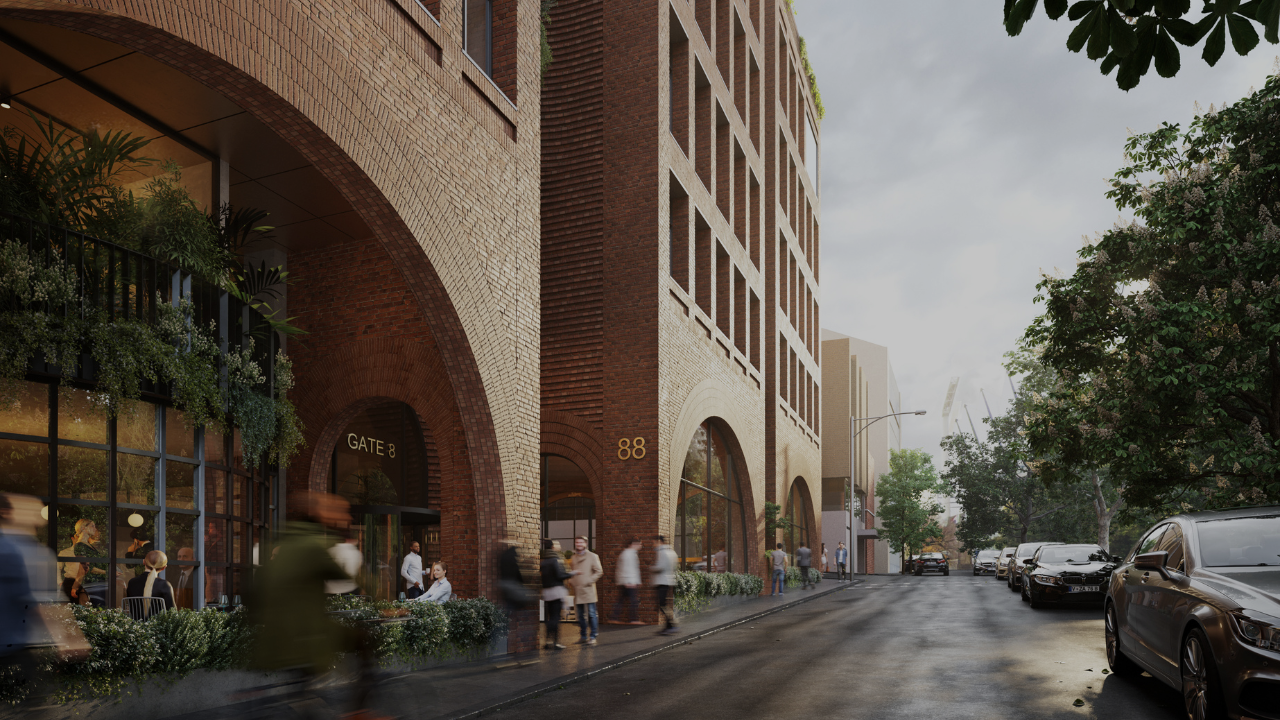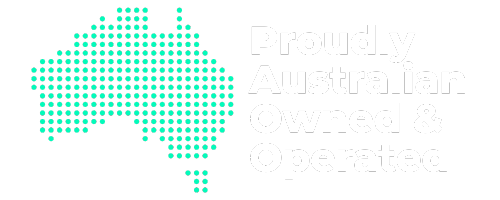From Return to Office to the Office of Tomorrow: Rethinking the Hybrid Work Model
The way we work has changed forever. The global shift to remote work during the pandemic prompted organisations to rethink traditional workplace structures. Now, as businesses navigate the return-to-office (RTO) transition, a new question arises: how do we design the office of the future to reflect modern needs, values, and behaviours?
At CreativeCubes.Co, we’ve seen firsthand how the shift to a hybrid work model is not just a trend—it’s the future of work.
This article explores how flexible workspaces, enhanced employee experiences, and innovative workplace design are revolutionising the way we work and collaborate.
The Evolution of Work: Why RTO Is Not a Return to Normal
For many businesses, the return to office was seen as a temporary adjustment—a step toward going “back to normal.” But normal has evolved.
While some leaders hoped for a full return to in-office routines, employees had discovered the benefits of remote and flexible working: reduced commuting, increased autonomy, and a better work-life balance. Attempts to reintegrate everyone into traditional office environments resulted in tension, disengagement, and, in some cases, high turnover.
Instead, forward-thinking businesses have embraced the hybrid office—a model that combines the best aspects of both in-person and remote work. The statistics are telling – fewer than 9% of LinkedIn job postings are now seeking remote candidates, a sharp decline from the 20% figure in early 2022. These numbers underscore the transformation in our approach to work, emphasising the renewed importance of physical office spaces.
As of mid-2025, Melbourne continues to have the highest office vacancy rate in the country, at 18.0%, with incentives for premium-grade spaces reaching 46.8% and A-grade spaces at 48.6%. Prime net effective rents average around $385 per square metre, slightly down from previous years.
Meanwhile, Sydney’s vacancy rate has climbed to 13.7% following new developments entering the market. A-grade office rents in the Sydney CBD now sit at $501 per square metre, with incentives holding steady at 36%. Sublease availability remains a growing issue, particularly within the tech sector. Melbourne’s sublease vacancy rate has reached 1.6%—the highest nationally—while Sydney’s sublease space has ballooned to over 64,500 square metres. These shifts continue to reflect a changing demand for flexible, hybrid-friendly workspaces over traditional long-term leases.
“The office of tomorrow is not a place you’re required to go to—it’s a space that draws you in.”
Redesigning the Office for Hybrid Working
A successful hybrid work model starts with rethinking the role of the workplace itself. The office is no longer just a space for desks and meetings—it’s a hub for collaboration, culture, and connection.
At CreativeCubes.Co, our modern office spaces are designed with intention. Every layout supports a range of working styles, from focused individual work to brainstorming sessions and spontaneous team conversations.
Key features of the future workplace include:
- Flexible office space: Adaptable layouts that allow businesses to scale up or down with ease.
- Hot desking solutions: Encouraging agility and maximising utilisation.
- Collaborative office spaces: Rooms built for team synergy, not just meetings.
- Breakout areas: For casual conversations or creative recharge.
- Technology-enabled environments: Seamless connectivity for remote and in-person teams.

Employee Experience Is the New Productivity Metric
In the past, productivity was measured in hours spent at a desk. Now, the focus has shifted to employee experience—how workers feel, engage, and perform within their work environment.
A positive employee experience in hybrid work is built on:
- Autonomy: Giving employees the choice to work where they feel most productive.
- Belonging: Creating spaces where individuals feel part of a team, even if they’re not in the office daily.
- Purpose: Connecting people to meaningful work and shared goals.
By prioritising these elements, businesses are not only improving performance—they’re attracting and retaining top talent.
The Rise of Agile and Activity-Based Workspaces
One of the key trends shaping the future of work is the shift toward agile workspaces and activity-based working (ABW). These environments enable employees to select the optimal setting for the task at hand—whether it’s a quiet zone for deep focus or a social area for collaboration.
This level of flexible working ensures that space is no longer wasted, and teams can engage more naturally.
Our locations, such as our hybrid office hubs in Melbourne, are designed around this philosophy—merging function with creativity to create thriving work ecosystems.
RTO as an Opportunity for Culture Rebuilding
Rather than forcing staff back into outdated structures, return-to-office strategies should be seen as an opportunity to rebuild company culture. Offices must now earn their place in the workweek.
When people choose to come into the office, it should be because the space adds value through community, access to leadership, professional development, or better collaboration.
At CreativeCubes.Co, our members tell us they come in not just for work, but for:
- Community connection
- Events and professional learning
- Energising work environments
- Barista-made coffee and wellness perks
That’s the power of a flexible work environment that’s thoughtfully designed.
Tech and Tools That Support Hybrid Working
No modern workspace is complete without the tools that enable seamless collaboration. Whether your team is in the office, remote, or hybrid, technology bridges the gap.
To support this, the office of the future must prioritise:
- Video conferencing rooms with integrated AV setups
- Cloud-based productivity tools
- Digital booking systems for hot desks and meeting rooms
- Smart security and access management
These technologies enable employees to seamlessly transition between workspaces without disruption.
The ROI of Future-Ready Workspaces
Investing in workspace solutions that reflect modern expectations isn’t just a nice-to-have—it’s a business advantage.
Benefits of embracing flexible office space and hybrid models include:
- Higher employee satisfaction
- Increased productivity and creativity
- Better talent acquisition and retention
- Lower overheads compared to traditional leases
As the cost of traditional offices continues to rise, many companies are turning to coworking office spaces Melbourne businesses trust for flexibility and community.
Location Still Matters—But in a New Way
In the hybrid era, location is less about where your office is and more about how accessible and desirable it is.
Our flexible office spaces in Melbourne are centrally located in vibrant neighbourhoods like Richmond, South Melbourne, and Carlton, providing teams with easy access to public transportation, cafes, and culture.
This approach turns the workplace into a destination, not an obligation.
The Office of Tomorrow Is Already Here
The future of work isn’t about returning to the past. It’s about embracing what we’ve learned, responding to what employees value, and designing environments that fuel connection, innovation, and growth.
Whether you’re a startup, growing SME, or part of a larger corporate team, the hybrid work model offers an opportunity to align your physical workspace with your company’s values and future goals.
At CreativeCubes.Co, we’re helping businesses build their version of the office of tomorrow—a place where people want to work.
Ready to Rethink Your Workspace?
Book a tour of one of our modern office spaces and discover how CreativeCubes.Co can support your hybrid working goals. Let’s build a better way to work together.




